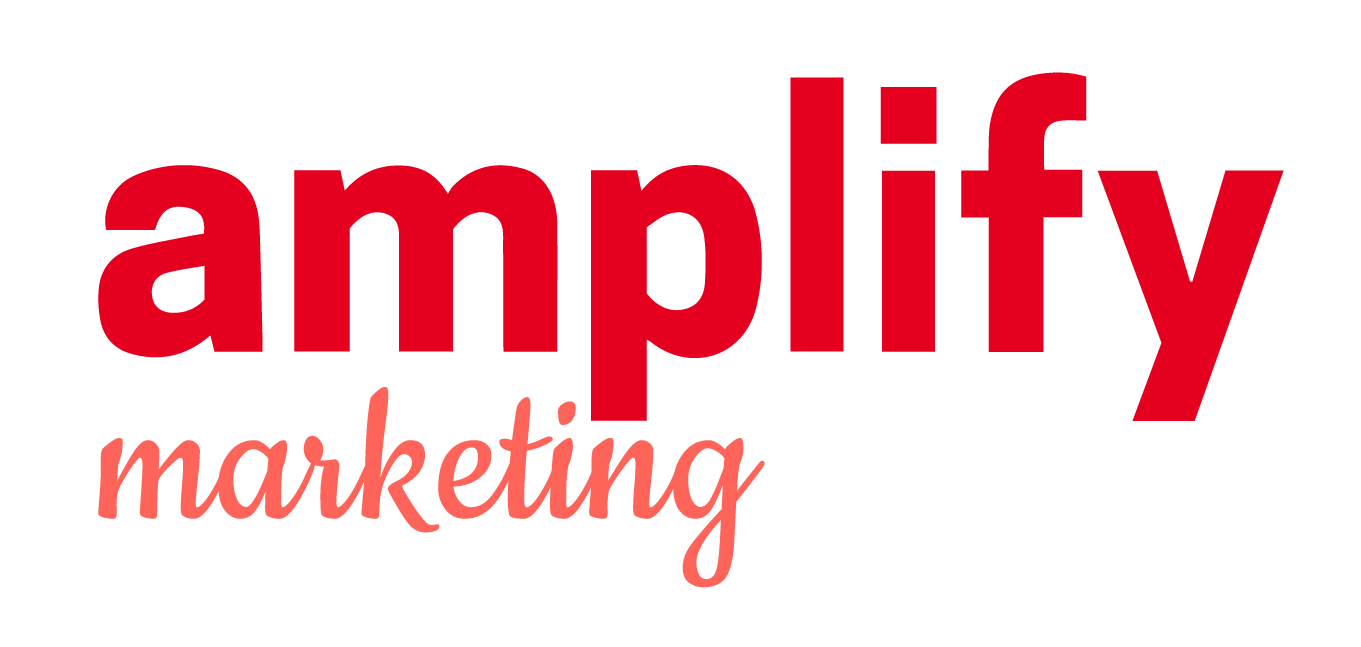Building an Effective Webinar Strategy

Crafting a successful webinar strategy is essential for engaging effectively with your audience and delivering valuable content that resonates with them. A well-planned webinar not only helps in building strong connections but also establishes your authority in your field.
Here’s how we run impactful webinars for ourselves and our clients, ensuring that each session is tailored to meet the audience’s specific needs while providing insightful information that sparks meaningful discussions.
- Plan Your Topics and Participants
Start by planning your topics and selecting participants who will add value to your webinar. Consider what will captivate your audience and offer them the greatest benefit.
Begin by identifying key challenges your clients face and structure your webinar around addressing these issues. Invite industry experts who can provide insightful solutions and share their expertise on these matters.
- Initial Planning with Stakeholders
Schedule an initial planning session with key stakeholders. This meeting is essential for aligning your goals and ensuring everyone is on the same page. In this session, you’ll identify high level topics and assign research and prep work, like building slides, to participants.
- Deep Dive into Planning
Next, organize a planning deep dive to finalize the agenda and prepare questions. This meeting should take place at least a week after your initial planning session, to give all participants time to tackle their to-dos. It’s essential to have a few meetings scheduled, as this step ensures comprehensive coverage of your topics and a smooth flow for the webinar. For more technical topics, you may even need an extra planning session to finalize notes.
- Record the Webinar
Once you’ve got your plan ready, go ahead and record your webinar. This way, you can edit it and make sure the final product is up to par! We like to pre-record, because it takes the pressure off of participants and creates a lighter conversation flow that doesn’t always come with live events.
- Promote Your Webinar – AFTER You Record
After recording your webinar, it’s crucial to start promoting it effectively. NOTE: Because recording sessions can sometimes be rescheduled, we don’t recommend promoting your webinar until AFTER it has been recorded.
Aim for at least three weeks between the recording and launch to build anticipation and engage your audience with teasers or previews. This timeframe allows you to generate interest, encourage registrations, and ensure a successful launch and secure a larger audience.
- Choose the Right Platform
Selecting a reliable platform to host your webinar is crucial. The right tools can enhance the experience for both presenters and attendees. We use Demio, which is relatively easy to use and simple to manage, and comes with many bells and whistles that we and our clients LOVE.
- Post-Webinar Analytics
Once the webinar concludes, send analytics to your sales team. This data is valuable for following up with attendees and converting leads. This IS a step that can be automated or pre-scheduled, if your marketing and sales team are in alignment.
Take the Next Steps
Webinars have become an essential tool for lead gen and nurturing for our clients, offering a unique platform to connect with a wider audience cost-effectively. They facilitate real-time engagement, showcase your company’s expertise and can be repurposed as on-demand content, extending their reach beyond the live event.
We’re here to help you create and implement a webinar strategy that delivers results. Schedule a call with us for more information on maximizing your webinar’s impact.

